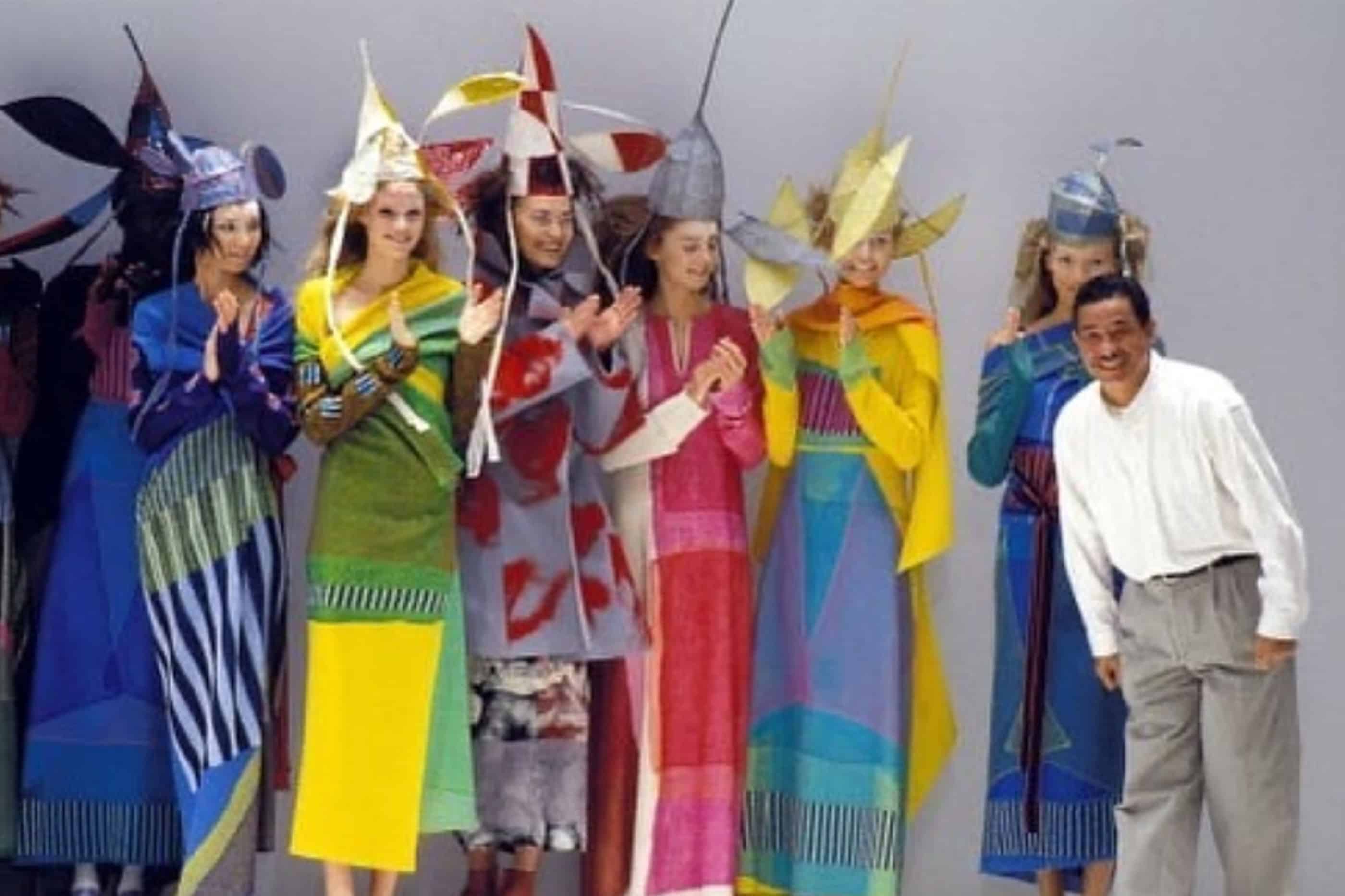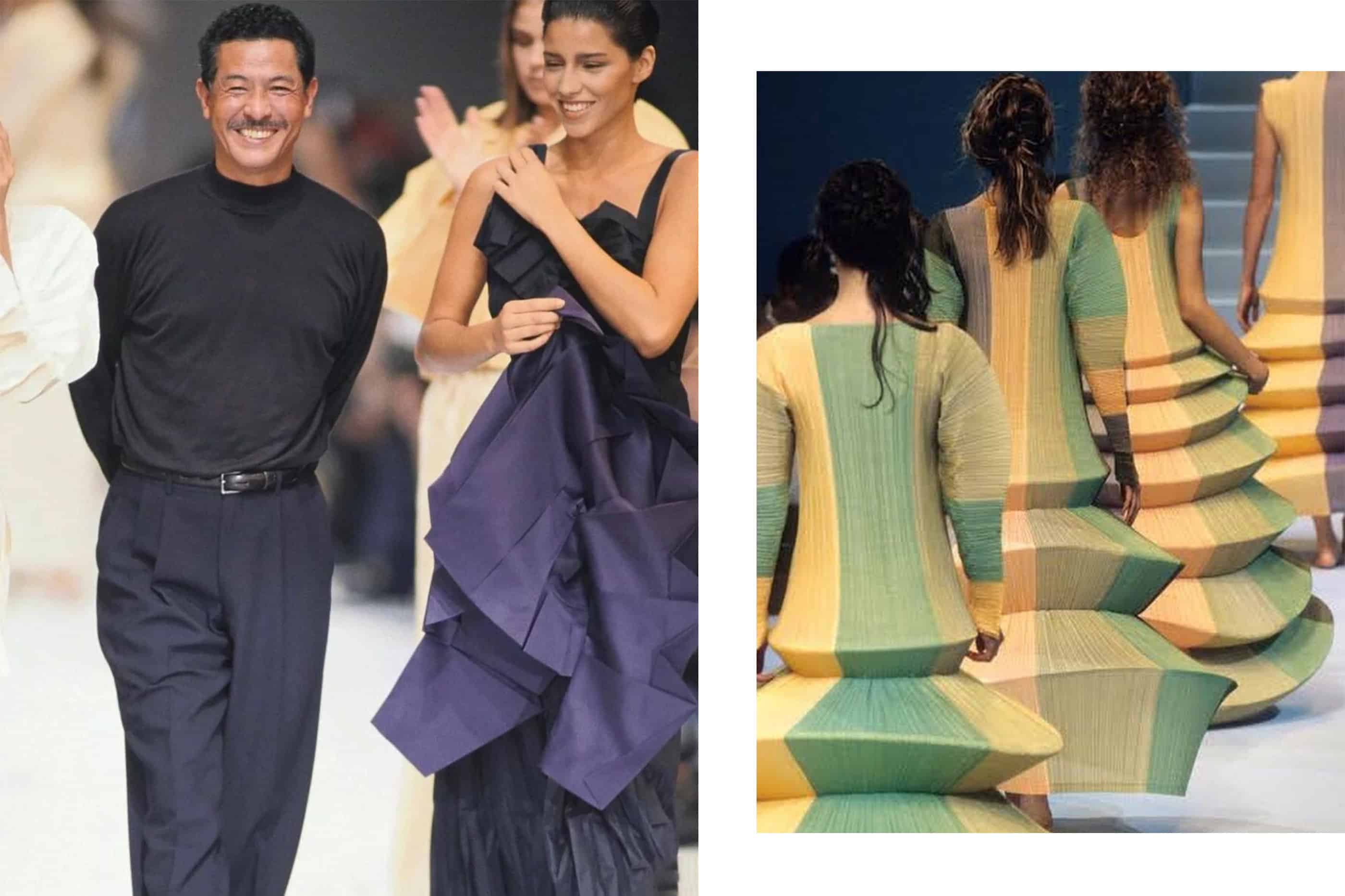
For many of us, our first experiences of Issey Miyake came via the scent of L'eau d'Issey. A distinctive fragrance of the 90s, it was on our mothers, our friends, on bodies at the clubs. It summed up the Issey Miyake effect perfectly. For the designer who passed away from cancer at the age of 84 earlier this month, and whose death was publicly announced on August 9th, 2022, his influence was as widespread as a fragrance that almost anyone who was alive in the 90s had a scent memory attached to, to the black turtleneck of choice for Steve Jobs.
The Japanese designer was never preoccupied with themes and trends, he was focussed, mind and body, on process, form, technicality. The fantasy was secondary, and in its place, a legacy of attention towards the possibility of fabric and the way that it could be integrated into everyday life with an unmistakeable sense of energy and joy has been left behind.
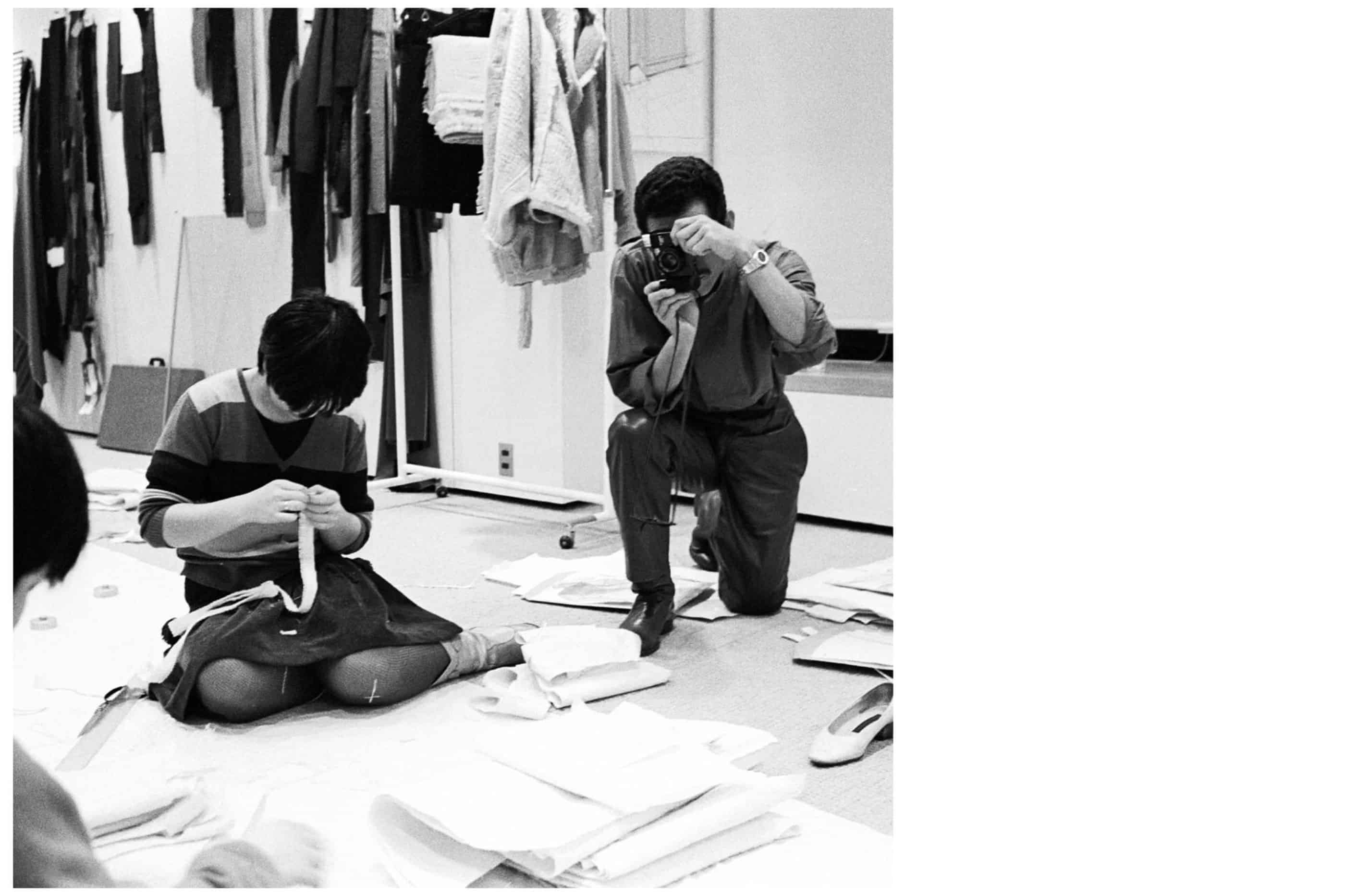
“Clothing is the closest thing to all humans,” Miyake told the New York Times in 2016. “All design intersects, there are no boundaries between art, design, and other creative activities… All of my work stems from the simplest of ideas that go back to the earliest civilizations: making clothing from one piece of cloth. It is my touchstone.” His practices, which hailed from ancient and traditional techniques, rendered distinctly unmistakable silhouettes that bound tradition with innovation and futuristic foresight, most noticeable in his famed Pleats Please collections. One of Miyake's most defining moments in his design legacy, the introduction of pleats was first shown in 1993, after he designed a series of costumes for a performance by William Forsythe’s Frankfurt Ballet company in 1991.
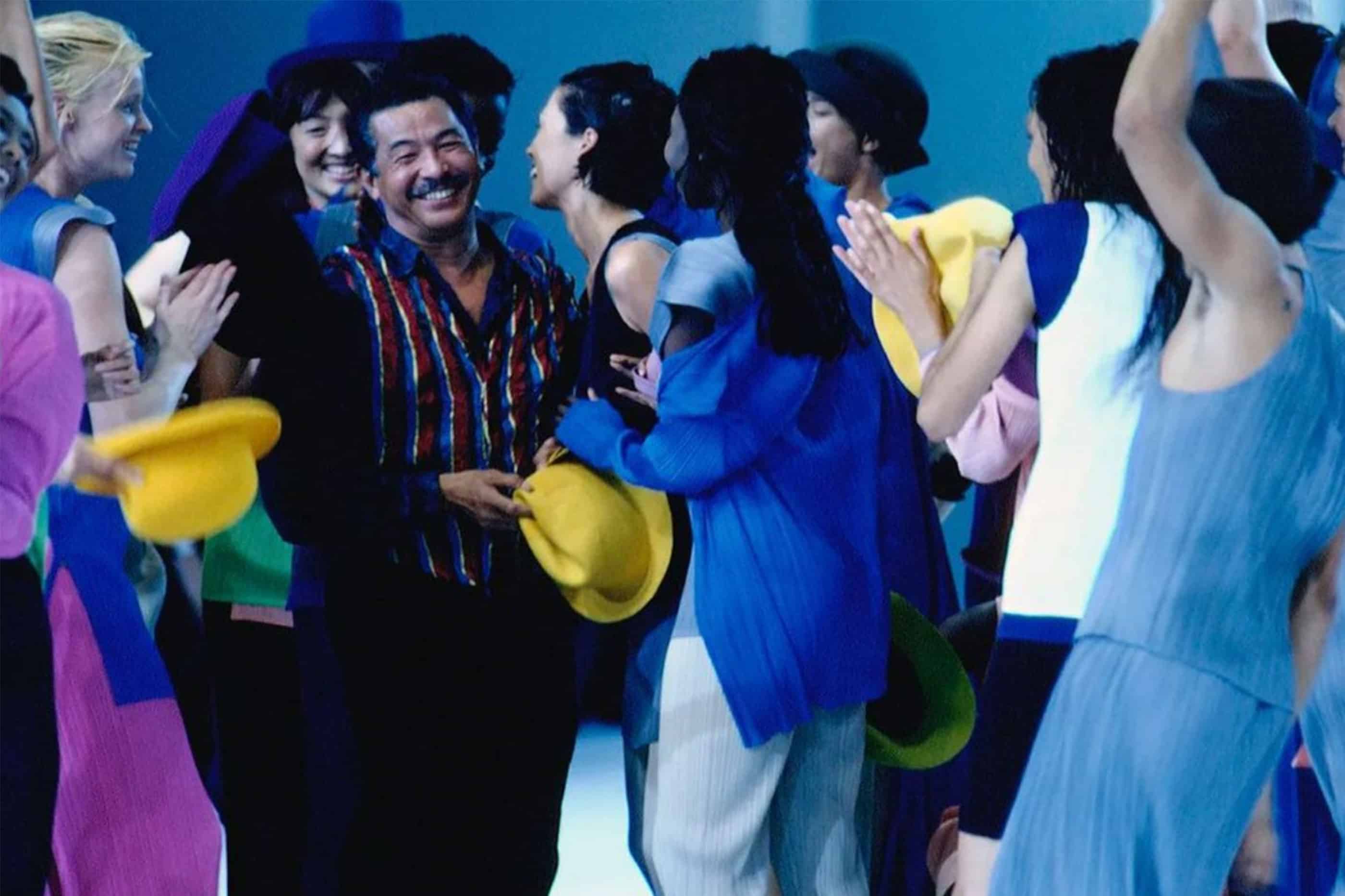
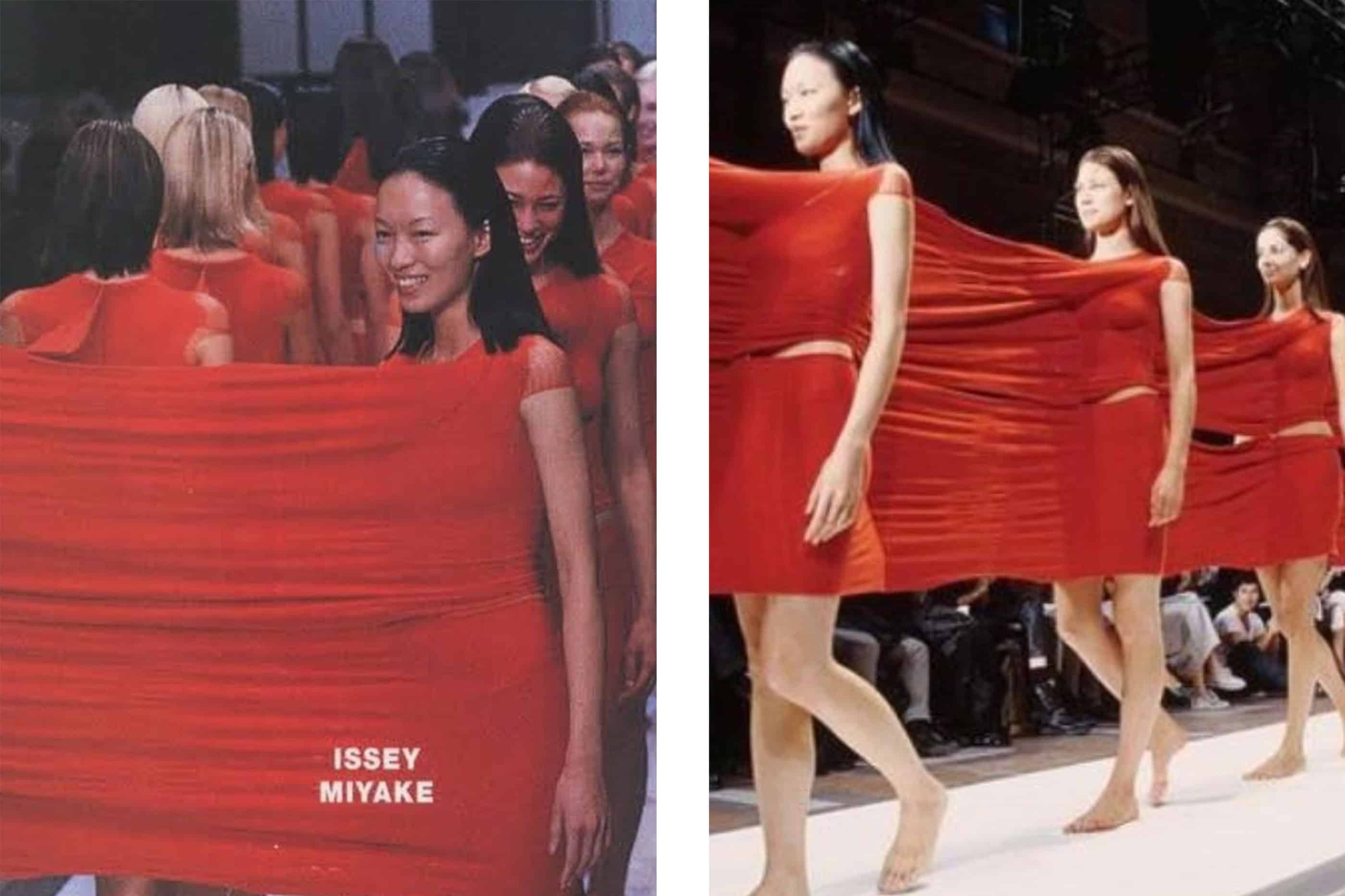
It was later, that dance would become a signature touchpoint for the house, constantly returning to the idea of movement and how we move within our clothing, which traces back to Miyake's youth, wherein the designer was drawn to dance at an early age before discovering his sister's fashion magazines. It was from there that Miyake went on to study graphic design at the Tama Art University in Tokyo, where his work often referenced fashion and clothing. Following his studies in Japan, he travelled to New York and then to Paris, where he would secure apprenticeships with Guy Laroche and Hubert De Givenchy. In 1970, Issey Miyake founded his eponymous design studio, and a mere three years later, was invited to appear on the first Paris ready-to-wear calendar in 1973.
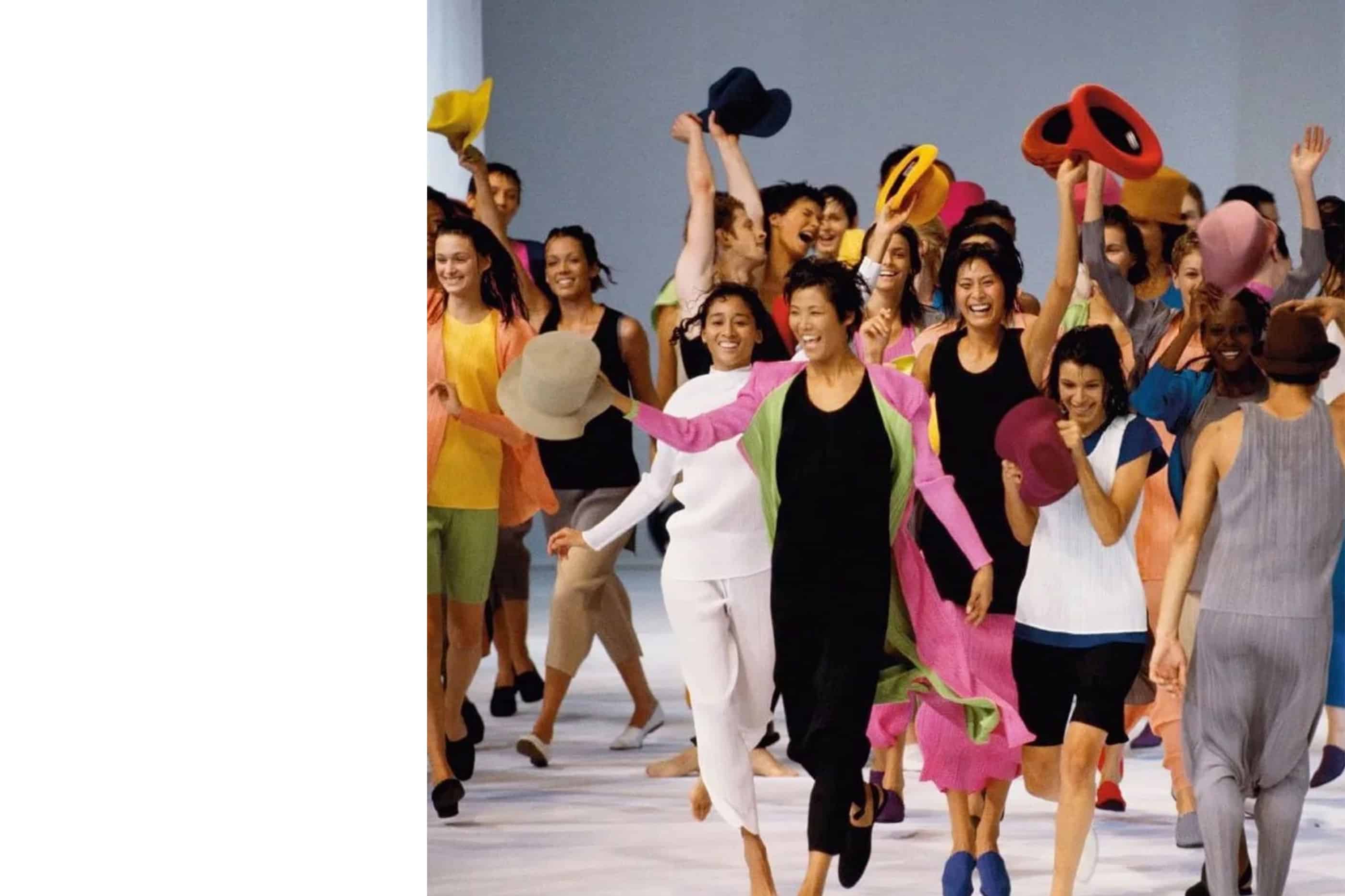
Although Miyake passed the reigns of design for menswear on in 1994 and then womenswear in 1999, the brands identity and his stewardship for his designers was by that time so solid, that all Miyake needed to do was oversee final designs. His legacy was already in place, and the accordian-like folds of his Pleats Please line, the scent of L'eau d'Issey, the graphic triangles of his 2000-era Bao Bao bags, his architecturally-forward way of conceptualising the clothing we wear in the most minimal way had already marked his influence in the fashion industry and world at-large.
For Miyake, his process boiled down to “think of things that can be created, not destroyed, and that bring beauty and joy.” May we remember one of our era's most prolific designers in his words.
